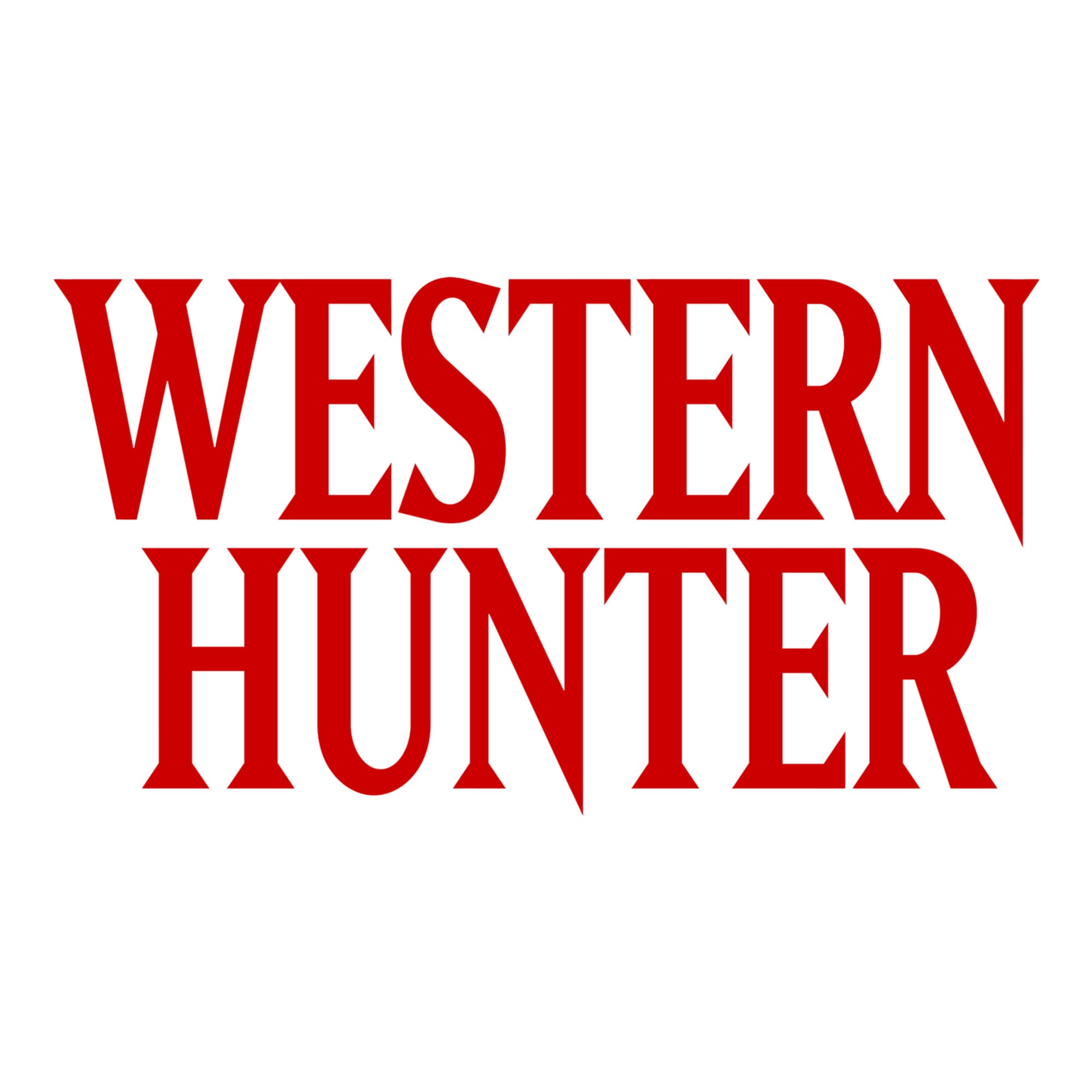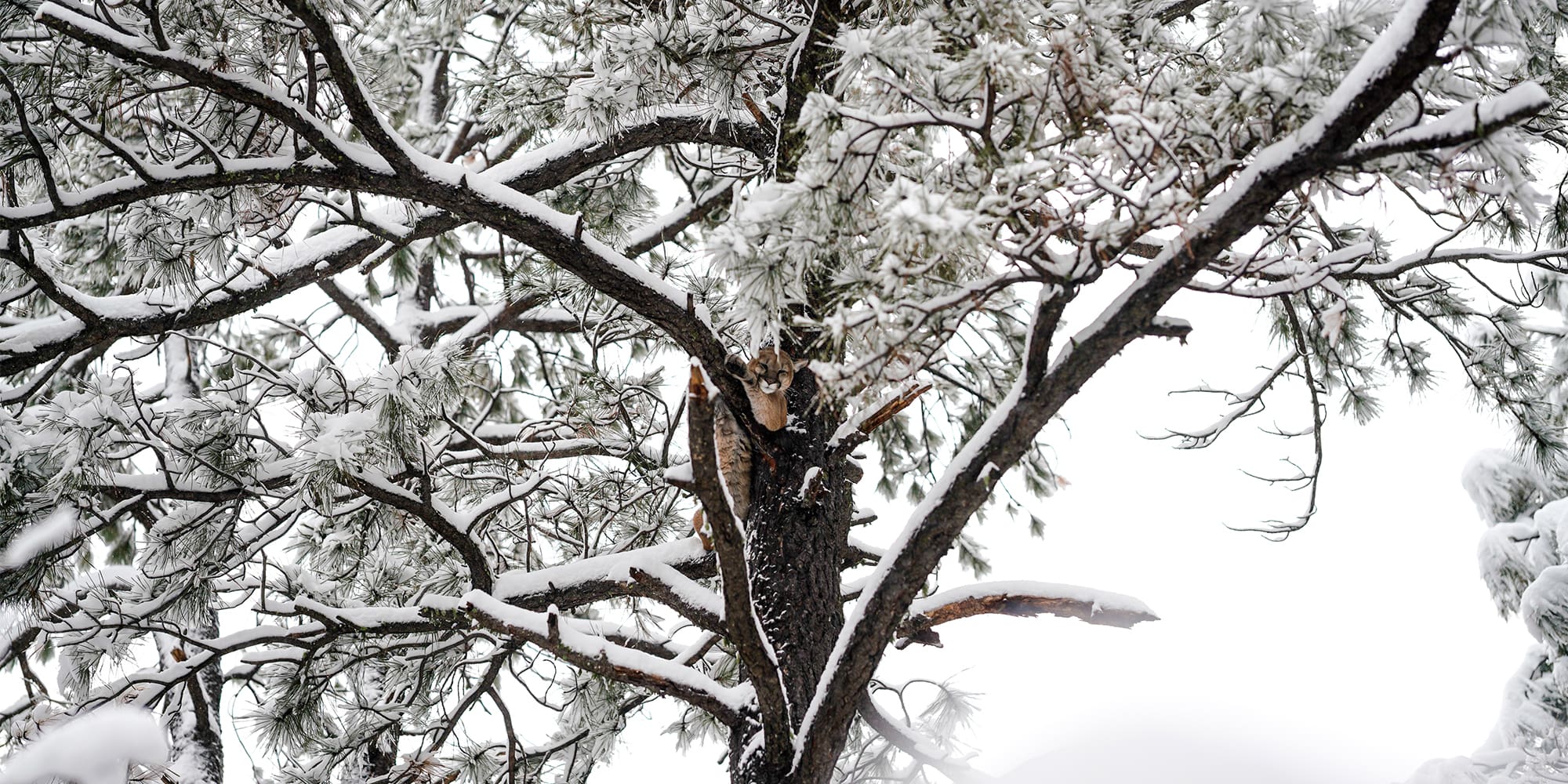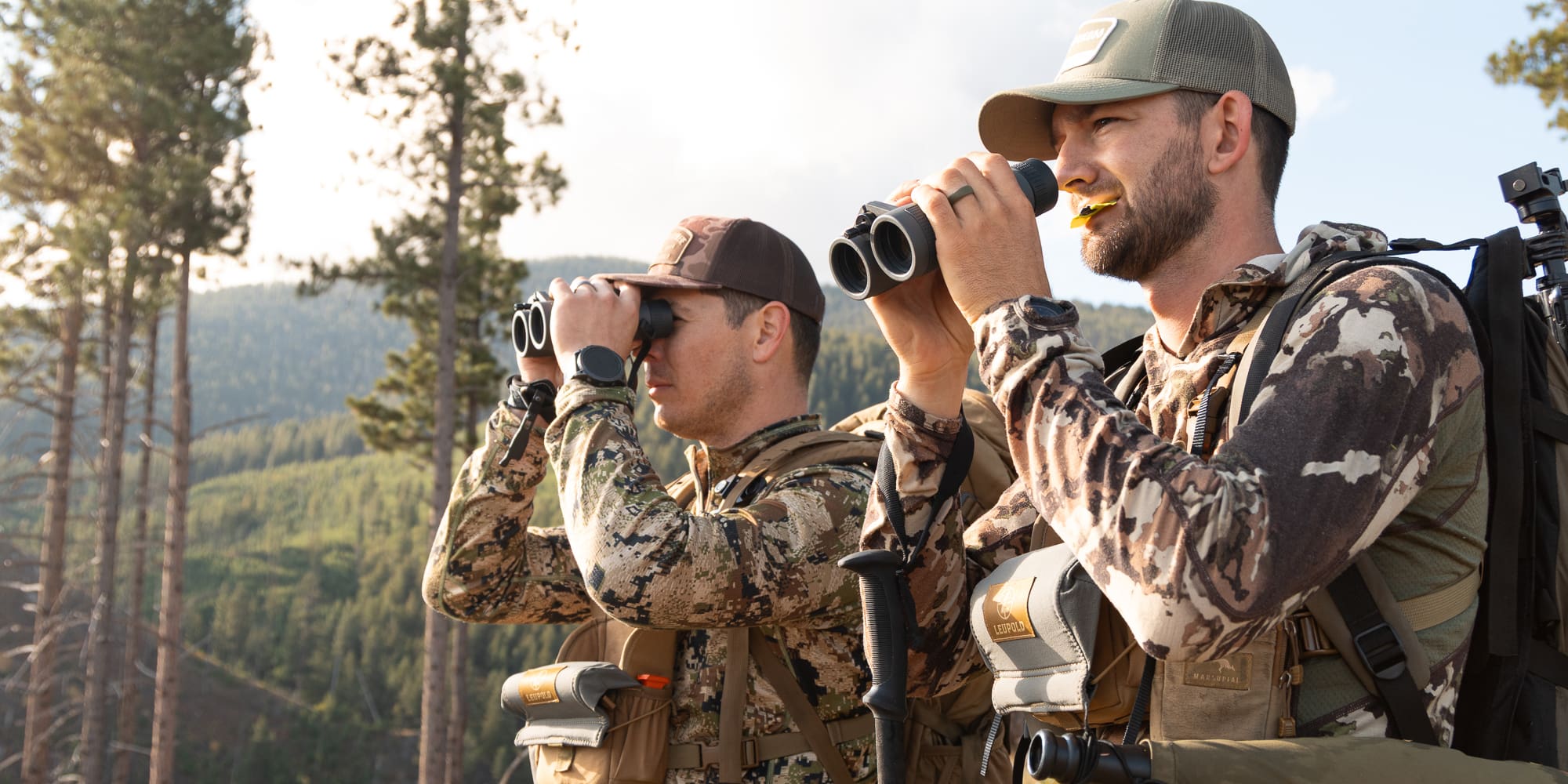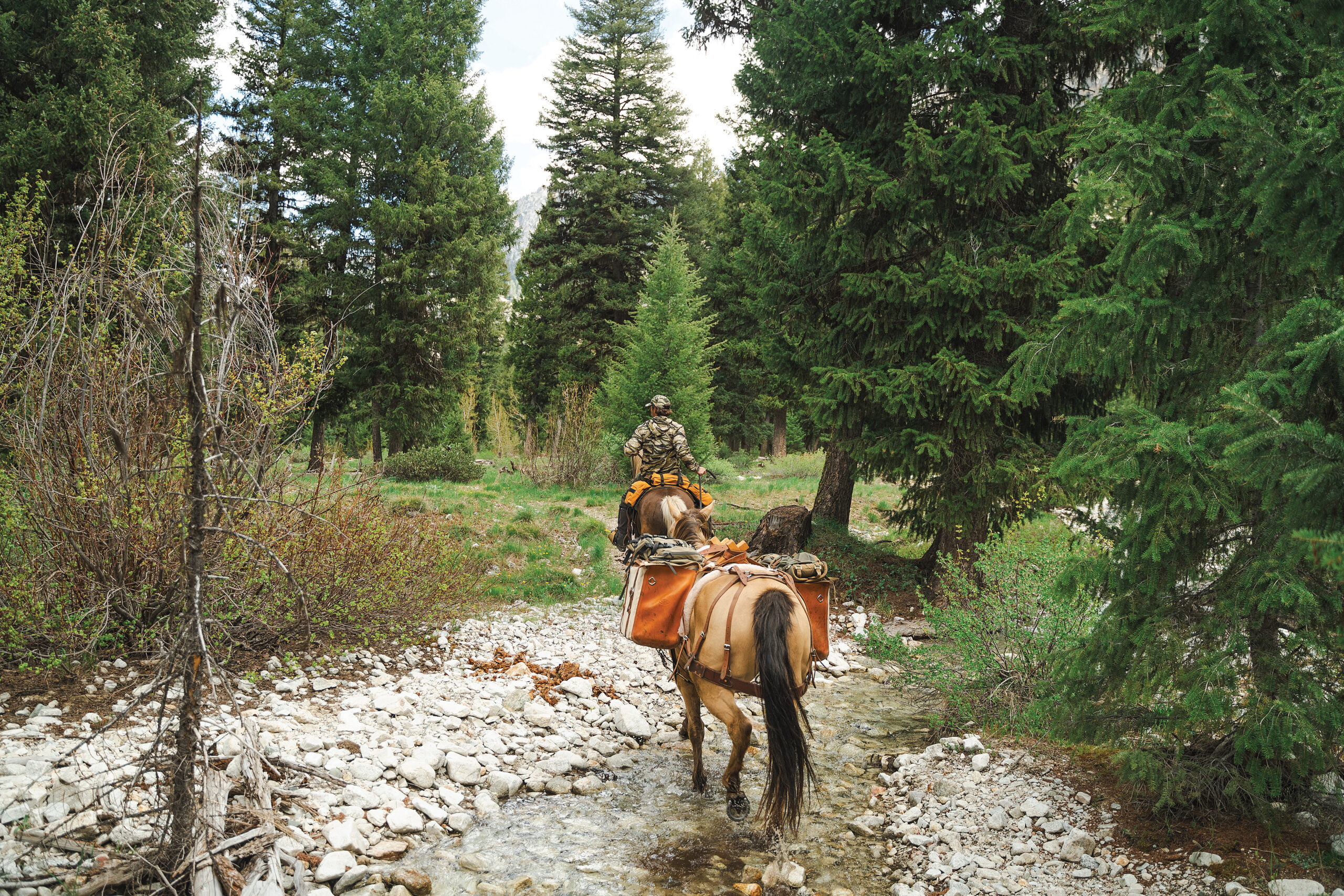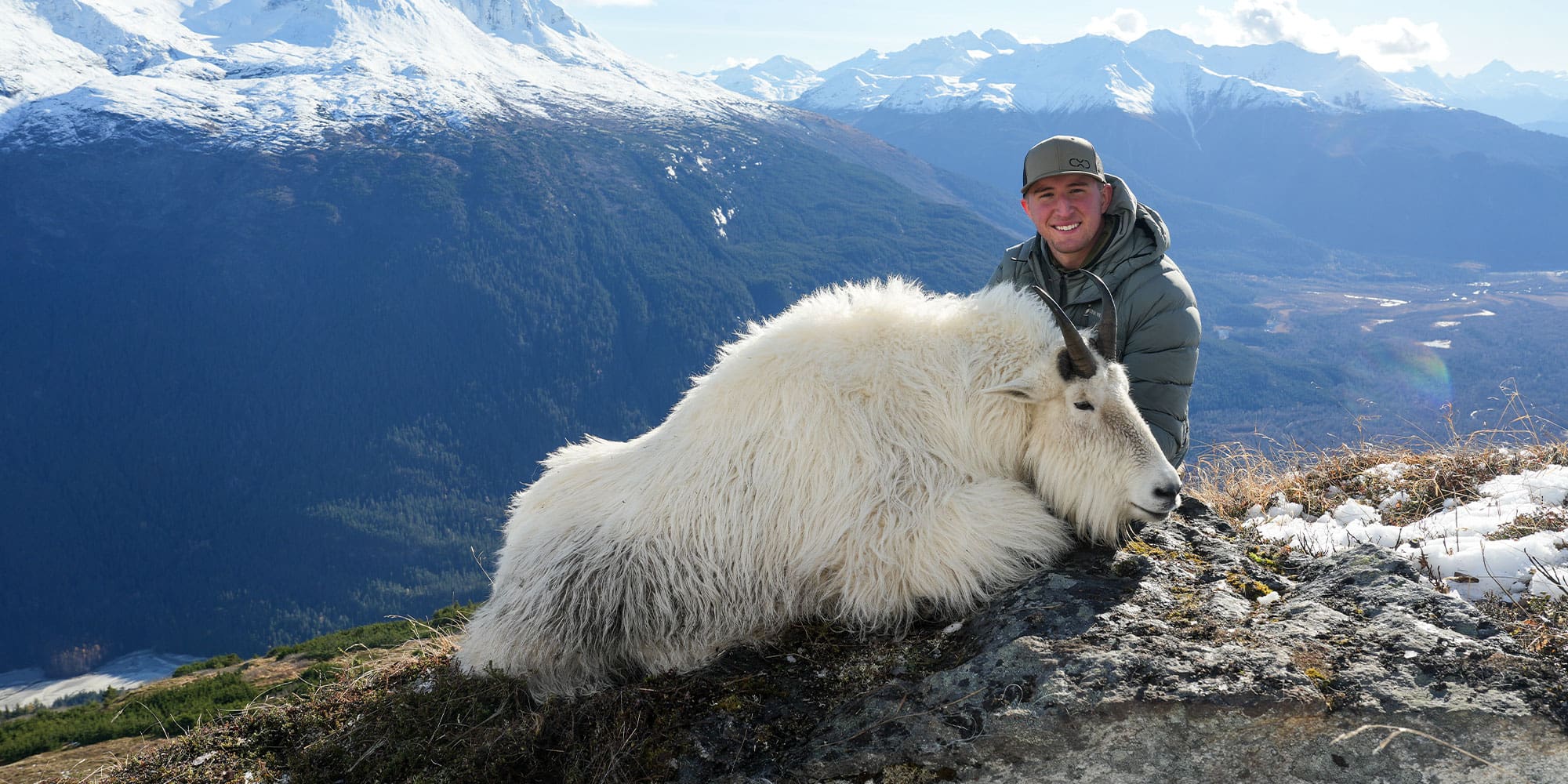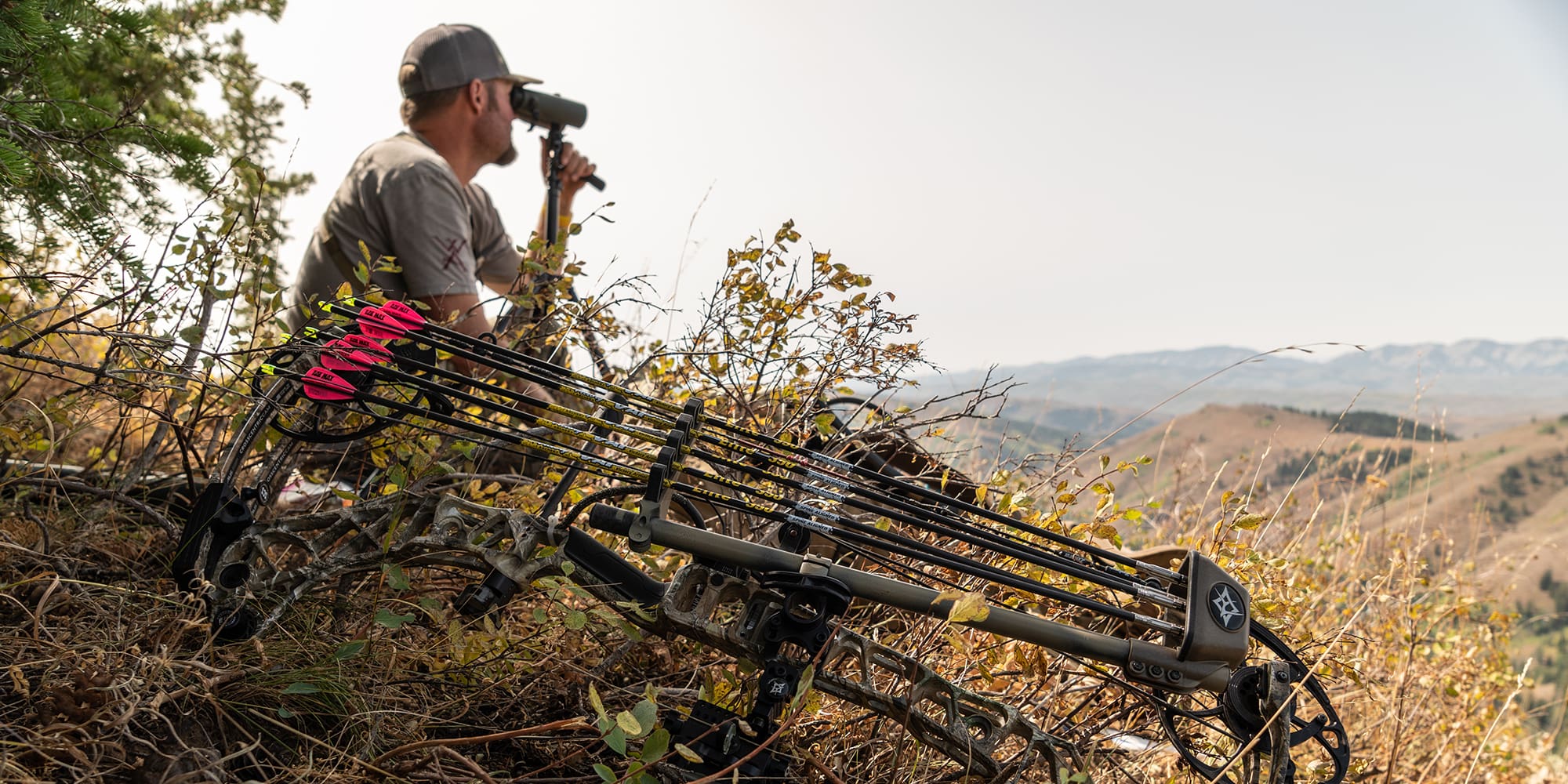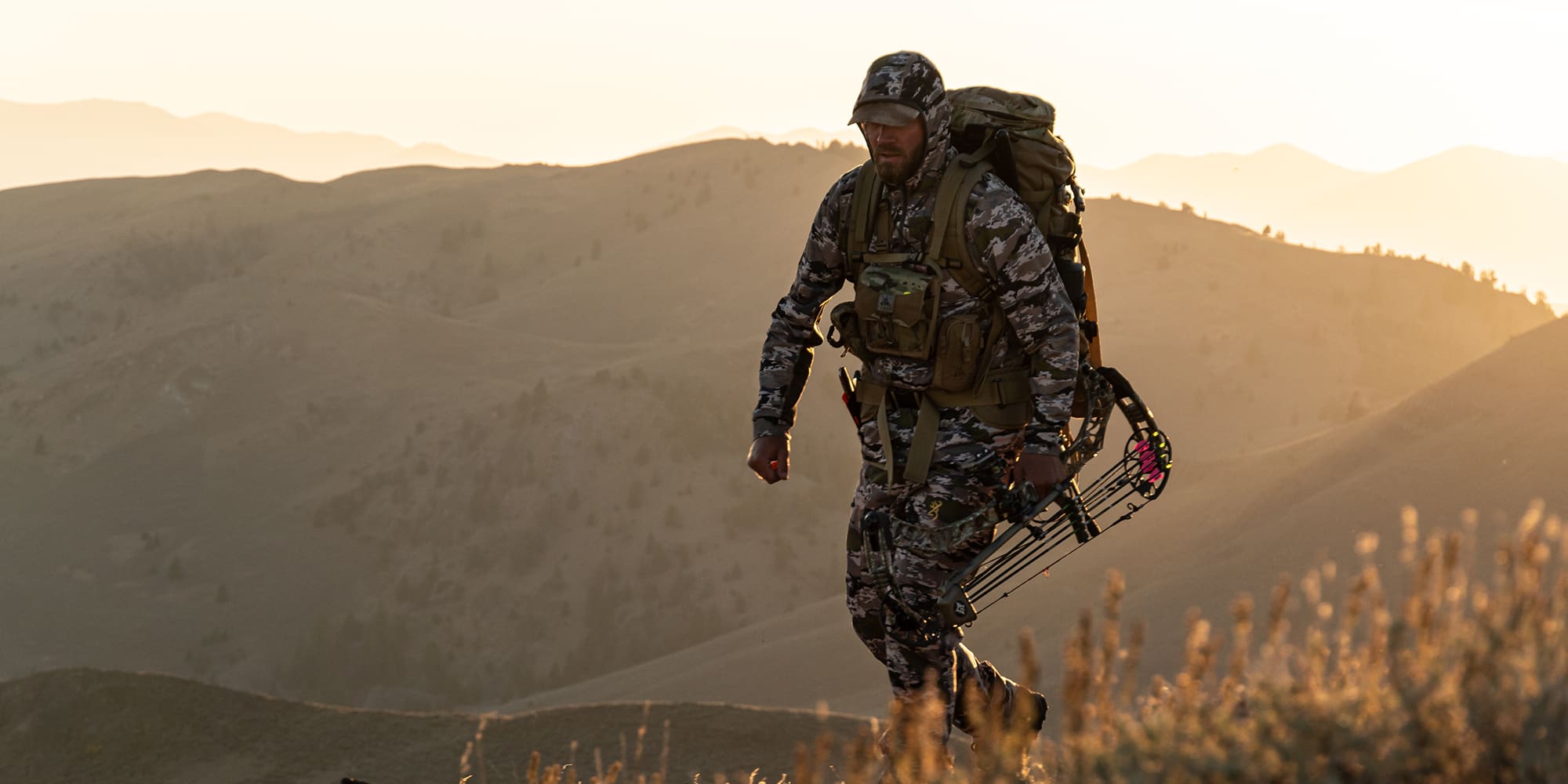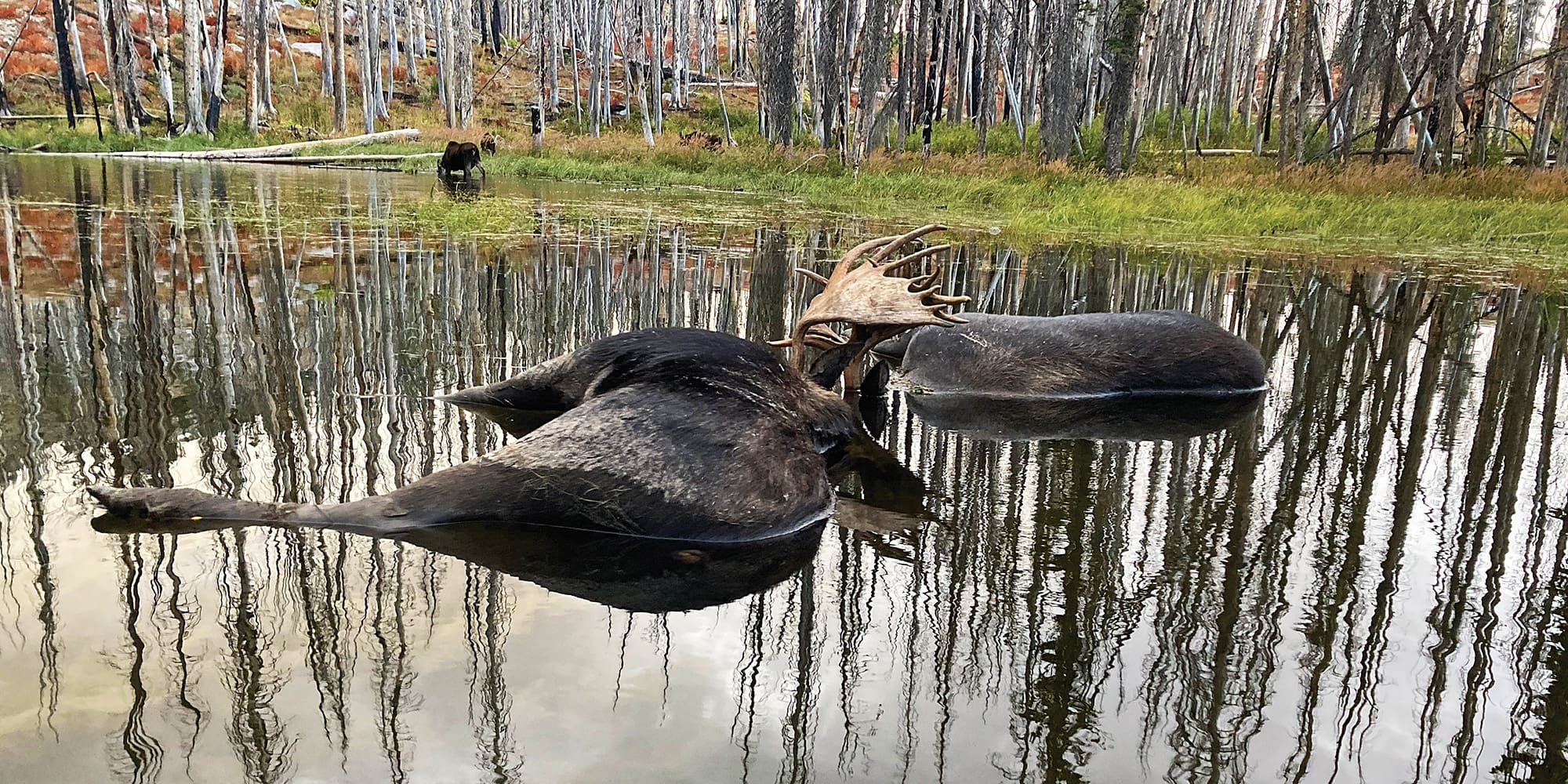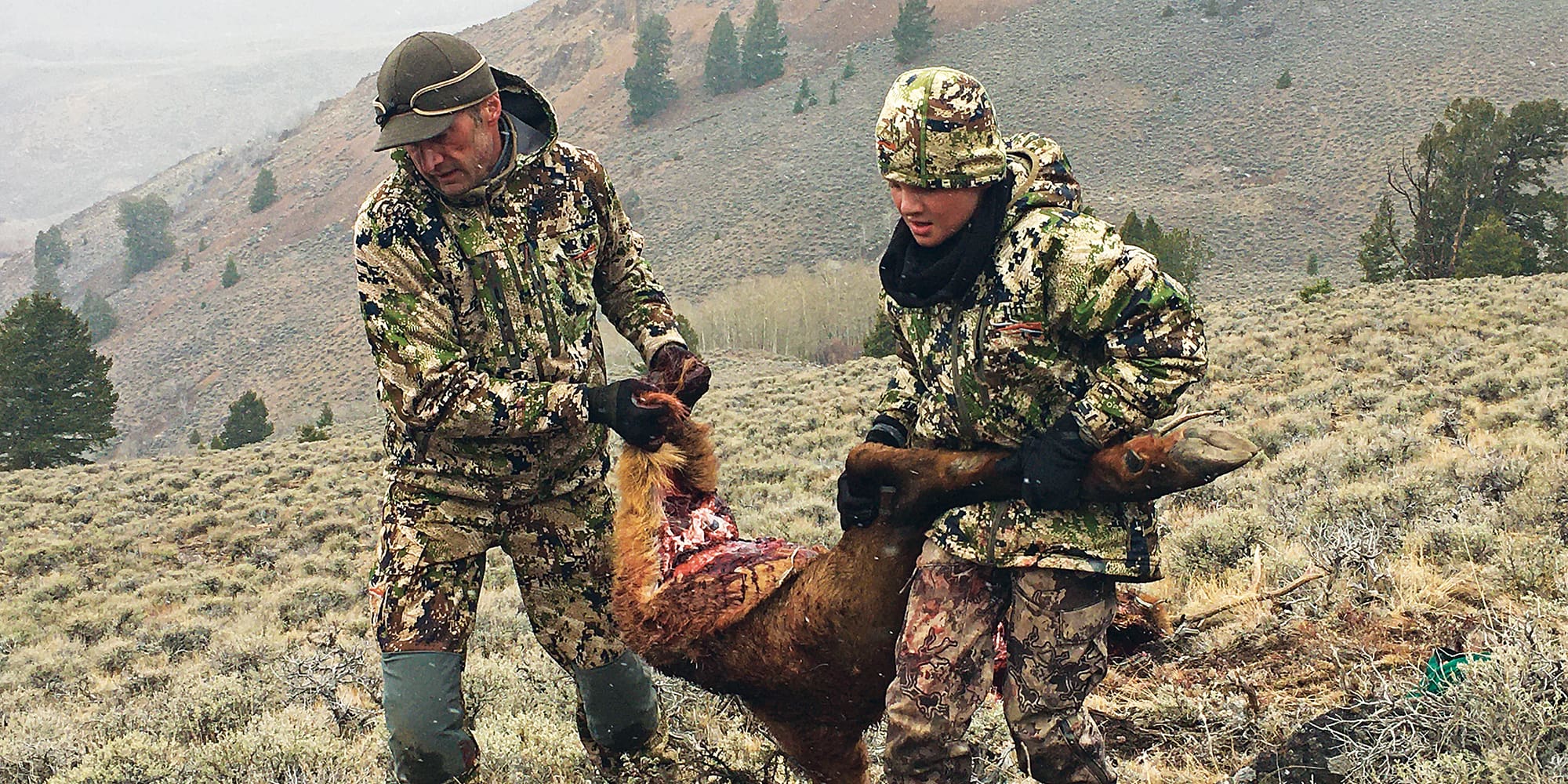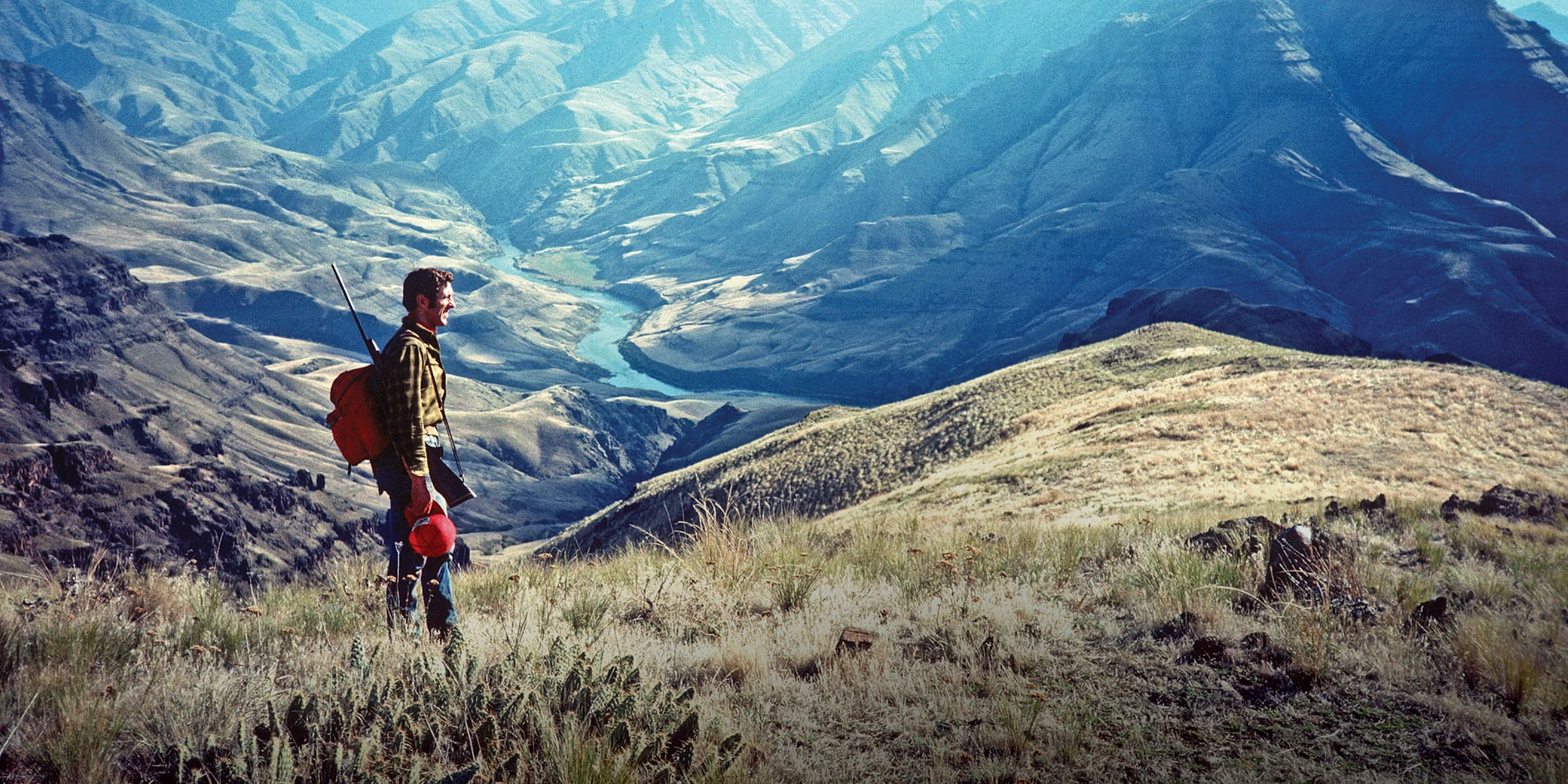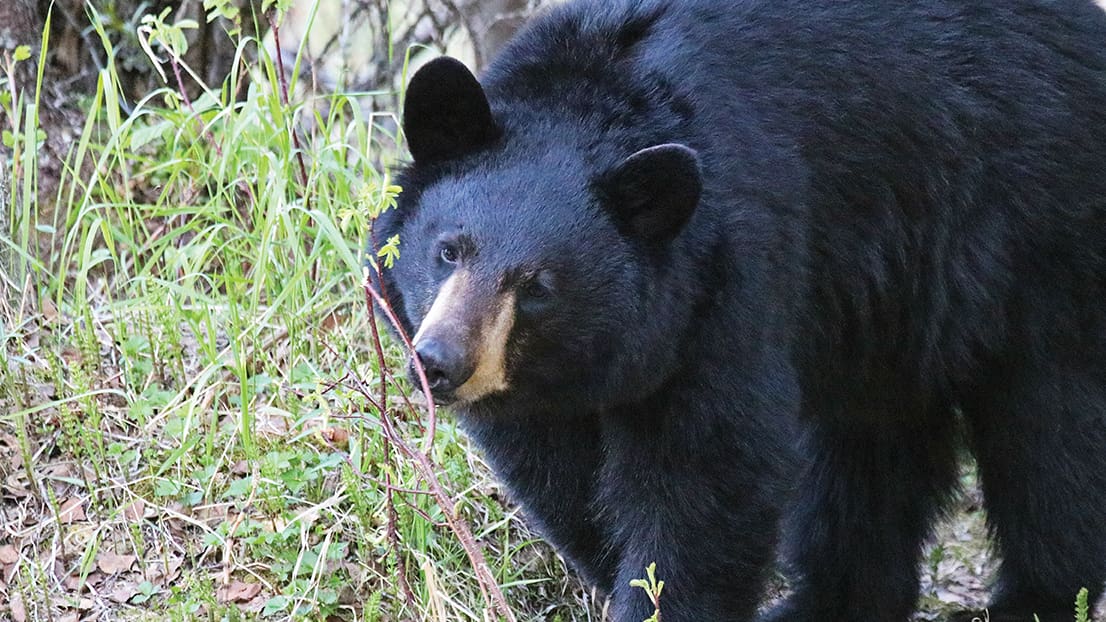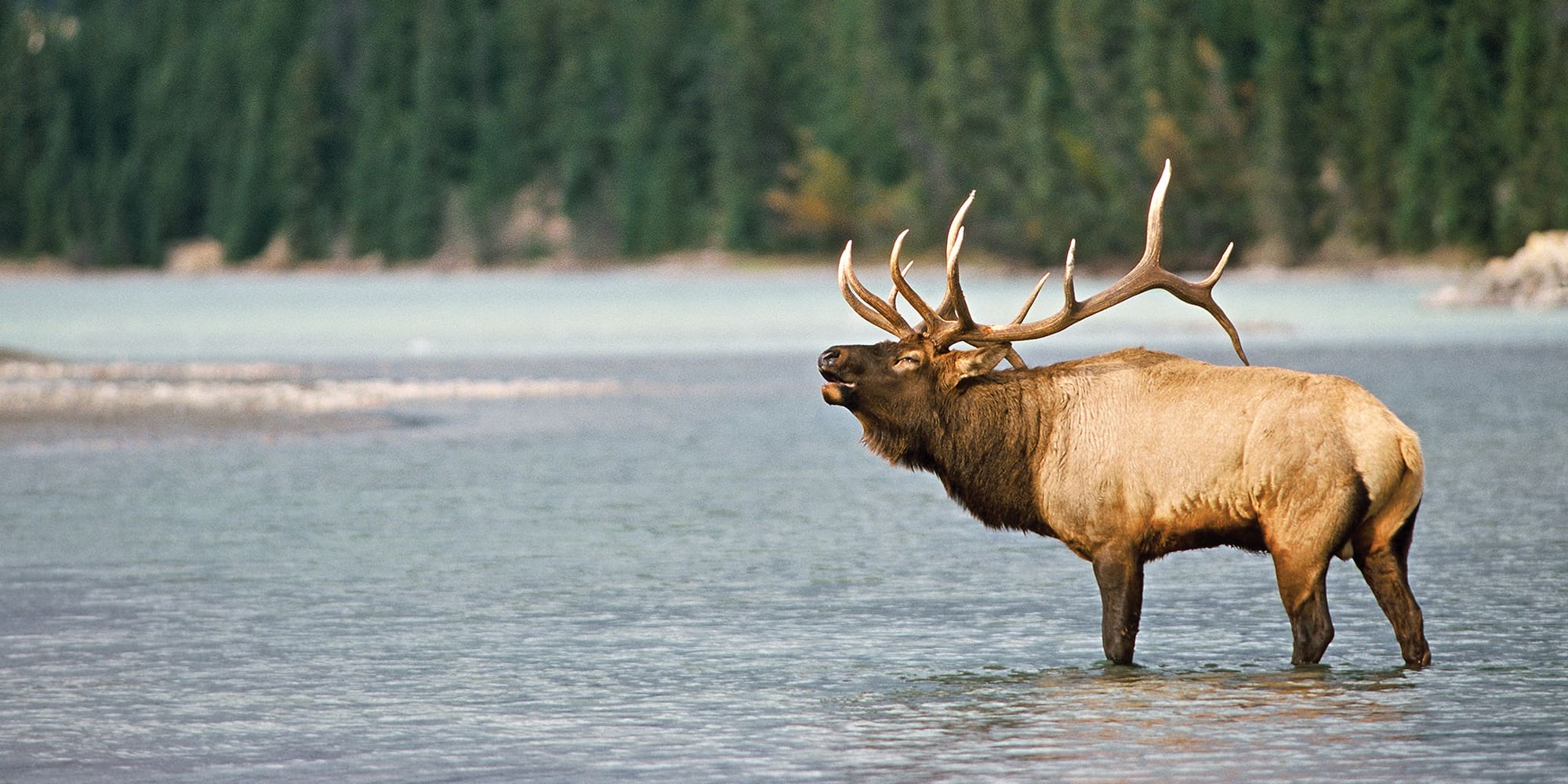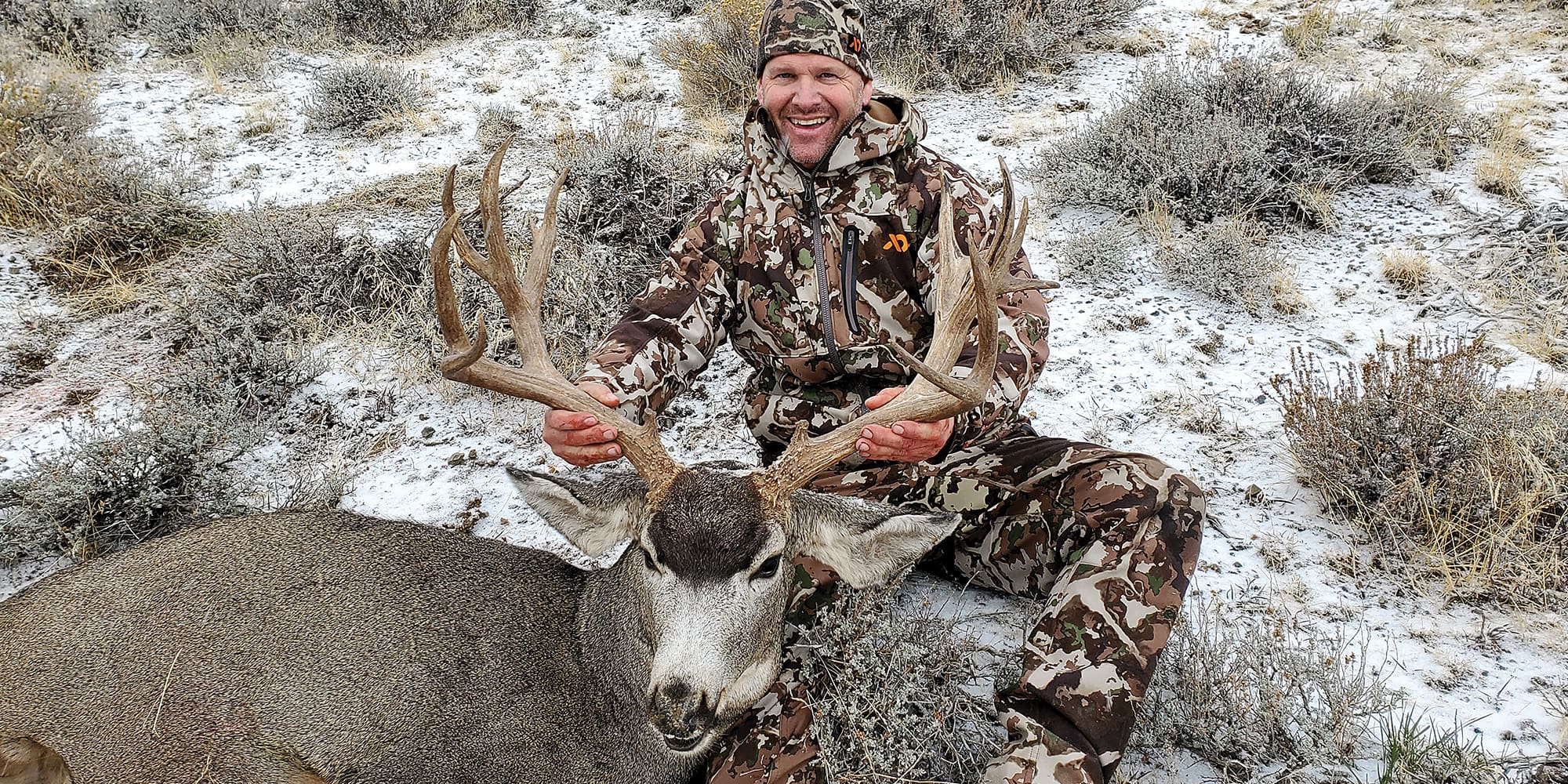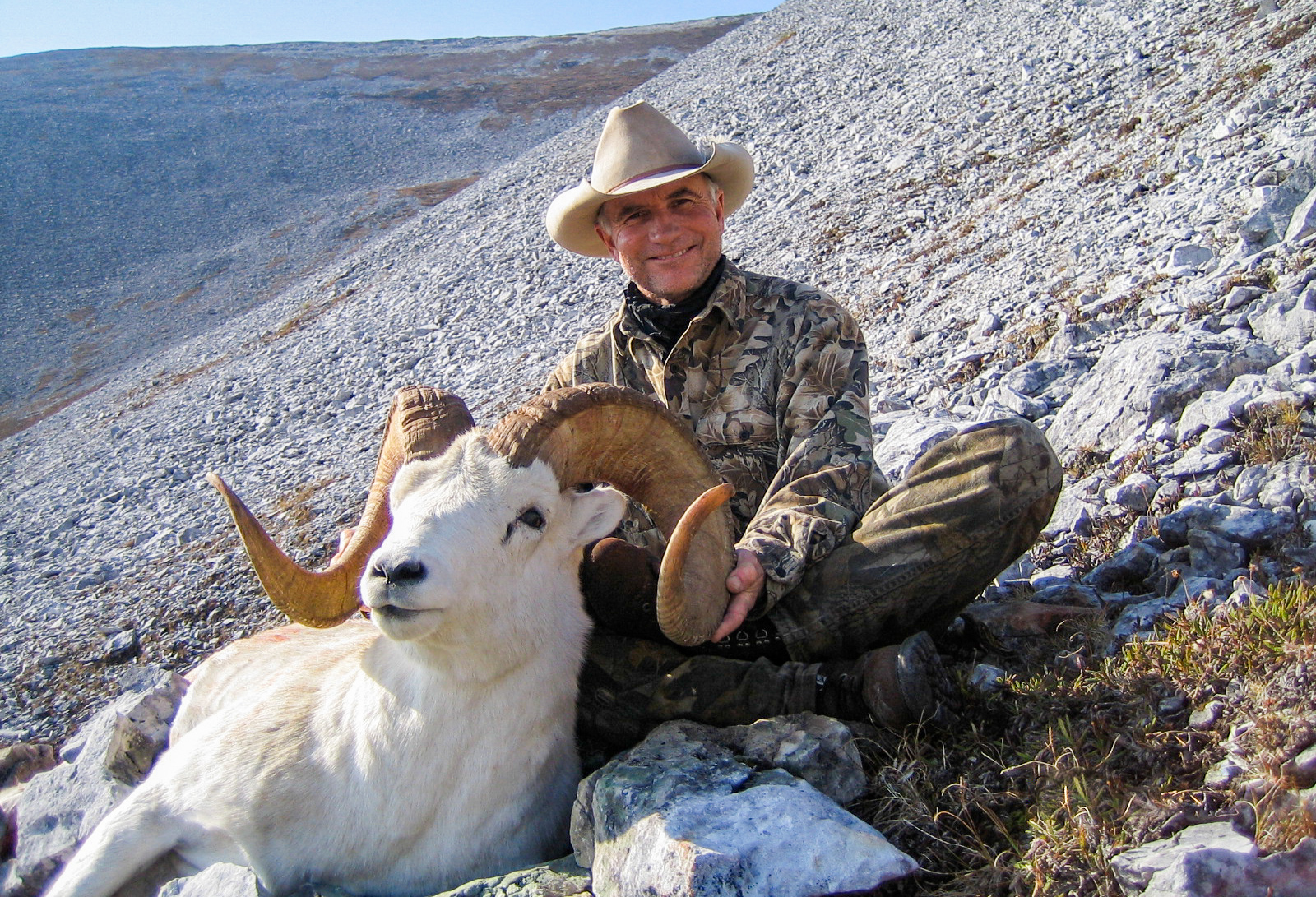
NOTICE: Certain links on this post may earn a commission for Western Hunter Magazine from Amazon or our other affiliate partners when you make a purchase. Thank you for your support.
Hunting Dall Sheep Under Yukon's Northern Lights
“Jared, what time is it?" I asked. He replied "It’s 10:40 p.m." I whispered "Which one is it? The one on the left or the one on the right?" He said, "Let me see, I'm not sure."
The date was August 27th, 2005, and I was Dall sheep hunting in the Yukon Territory with Blackstone Outfitters. My guide was Jared Caldwell, a young 28-year-old man who, fortunately for me, knows this area like the back of his hand.
This all began two years before when I made a deposit for the Dall sheep hunt shortly after getting my Nevada desert bighorn. Little did I know at the time that I would be hunting a Dall sheep 100 miles from the Arctic Circle, and in the same year, would also be 60 miles from the Antarctic Circle, since just 8 months earlier I had the opportunity to go on a photography expedition there. I was very fortunate to be on two trips within less than a year to opposite ends of the earth.
From my experience in hunting bighorn sheep unsuccessfully in Arizona and then successfully in Nevada in 2003, I know how important it is to be in the best possible physical condition. My companions were Blain Nimer, Marc Ortega, and Paul Harris. They are all experienced hunters, and all were 10 or more years younger than I. In fact, I was the oldest individual in camp. I had conditioned myself with hiking, walking, running, and weights, but what used to take a few months of conditioning at a younger age now takes a 12-month commitment.
Jim and Adrienne Fink are the sole owners and operators of Blackstone Outfitters and have 20-years of experience operating in northern Canada. Blackstone is an area of approximately 10,000 square miles, located 150 miles north of Dawson City, Yukon, and 100-miles south of the Arctic Circle. The Yukon has a population of 29,000, with 25,000 living in the capital city of Whitehorse. The Yukon still qualifies as a territory rather than a province, due to its sparse population.
The Hunt Begins
When the yellow Super Cub bush plane dropped off my three companions, our guides, and me, we were spread out over a 10,000 square mile area. We had been told to take enough food for five days, and if we were not successful by then, we would be picked up and moved. Traveling with Jared and me was a black lab-husky mix who carried our tent, stove, and her dog food. Jared asked me if I minded having Sprocket sleep with us and of course, I didn't, especially after hearing more of the numerous grizzly stories! For six nights, we slept in a "two-man and one dog" tent.
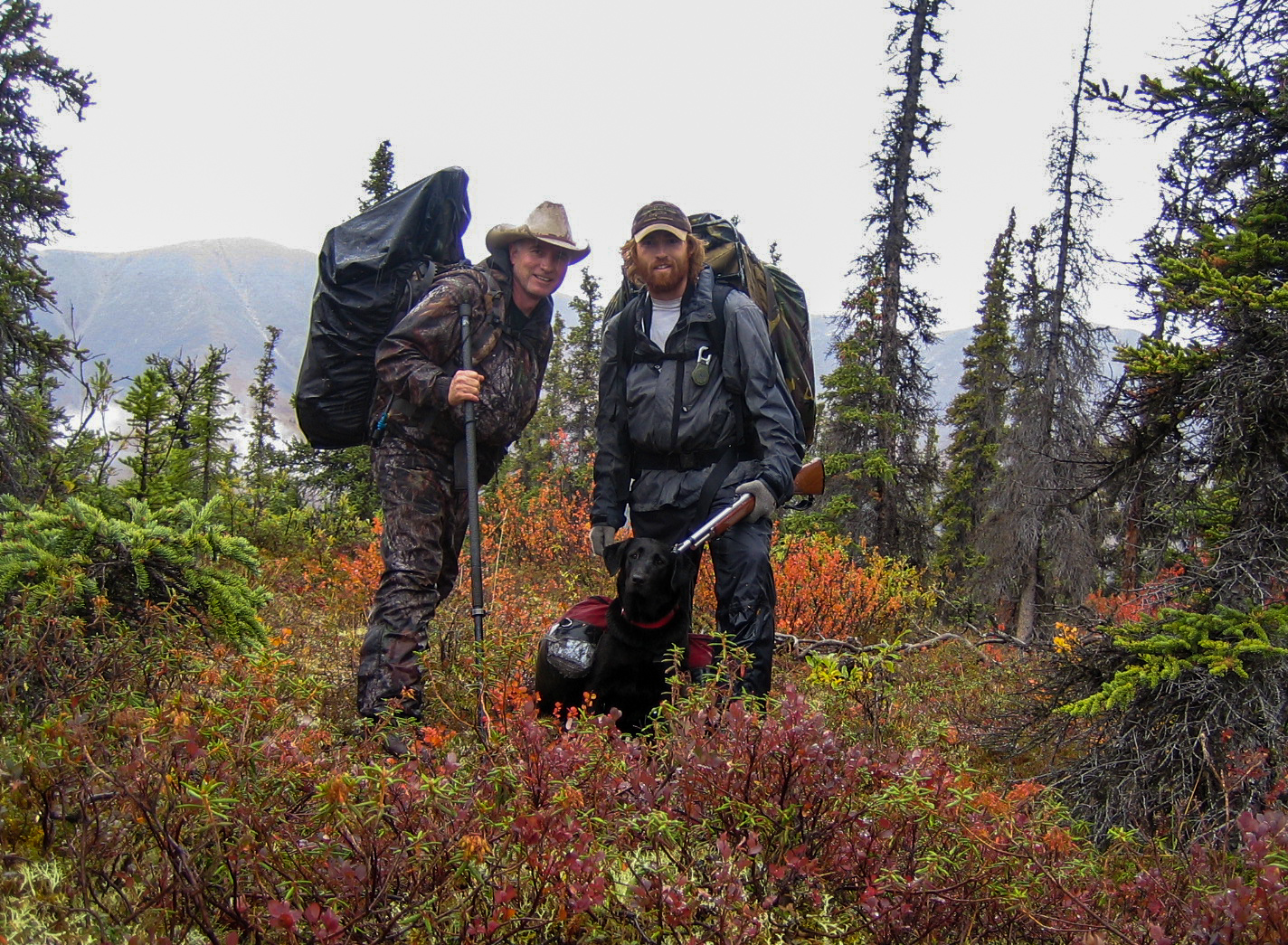
Jarred carried a Marlin 45/70 rifle with a 400-grain bullet for protection from grizzly bears. I was hunting with a 270 Weatherby rifle custom built by Lex Webernick of Rifles Inc., shooting a 130-grain bullet. My backpack was made by Glen Elberlestock, and for skinning and preparing the sheep I used a knife made for me by D'holder of Peoria, Arizona with a desert bighorn handle that I found on my 2002 Arizona hunt. I captured the photographs with a Canon Power Shot camera.
When we started out the first morning, I learned first hand the immensity of the territory we were hunting. There are no roads, not even any established trails. If we could see the sky when it wasn't cloudy or smoky from the forest fires that were burning in Alaska, we never once saw a contrail from a jet, which gives a fair idea of how remote the area is. Jared instructed me how to use the satellite phone in case of an emergency, and we knew that Jim would fly over every few days to check in on us.
For a person born in Arizona, I thought I had experienced hiking in most terrains but had never experienced hiking across the tundra. Tundra is the cover that exists between mountains this close to the Arctic Circle. I told Jared that it compared to filling up your garage with half-inflated basketballs and soccer balls and then putting on a 70-pound pack and trying to walk across it. Of course, I wanted to keep up with my 28-year-old guide who told me on the first day that I was older than his father.
On The Move
We experienced almost every type of weather; rain, fog, snow, and smoky skies, and even sunshine. Over the next five days, we moved constantly seeing lots of lambs and ewes and a few rams, but not what I was looking for. Of course, this whole time we carried all of our own gear and food on our backs. Our meals consisted of instant coffee and a granola bar for breakfast and a mid-morning snack of a granola bar and a chocolate bar. Lunch was a freeze-dried Mountain House package accompanied by fried bread provided by our cook at base camp, and then in mid-afternoon, we had a snack again. Dinner was the same as lunch. After four days of drinking nothing but water, the powdered Gatorade drink in the evening was as welcomed as any cocktail I have ever had!
Daylight lasts about 20 hours a day in August in the Yukon. On the fourth evening, Jared called Jim to explain he had worn out his boots. He asked Jim to drop off a spare pair he had in camp. Jim flew about 50 feet above us and dropped a box in an orange garbage bag which bounced on the tundra. Our camp cook, Eric, had slipped a cherry pie wrapped in bubble wrap between the boots. That had to have been the best cherry pie we'd ever eaten!
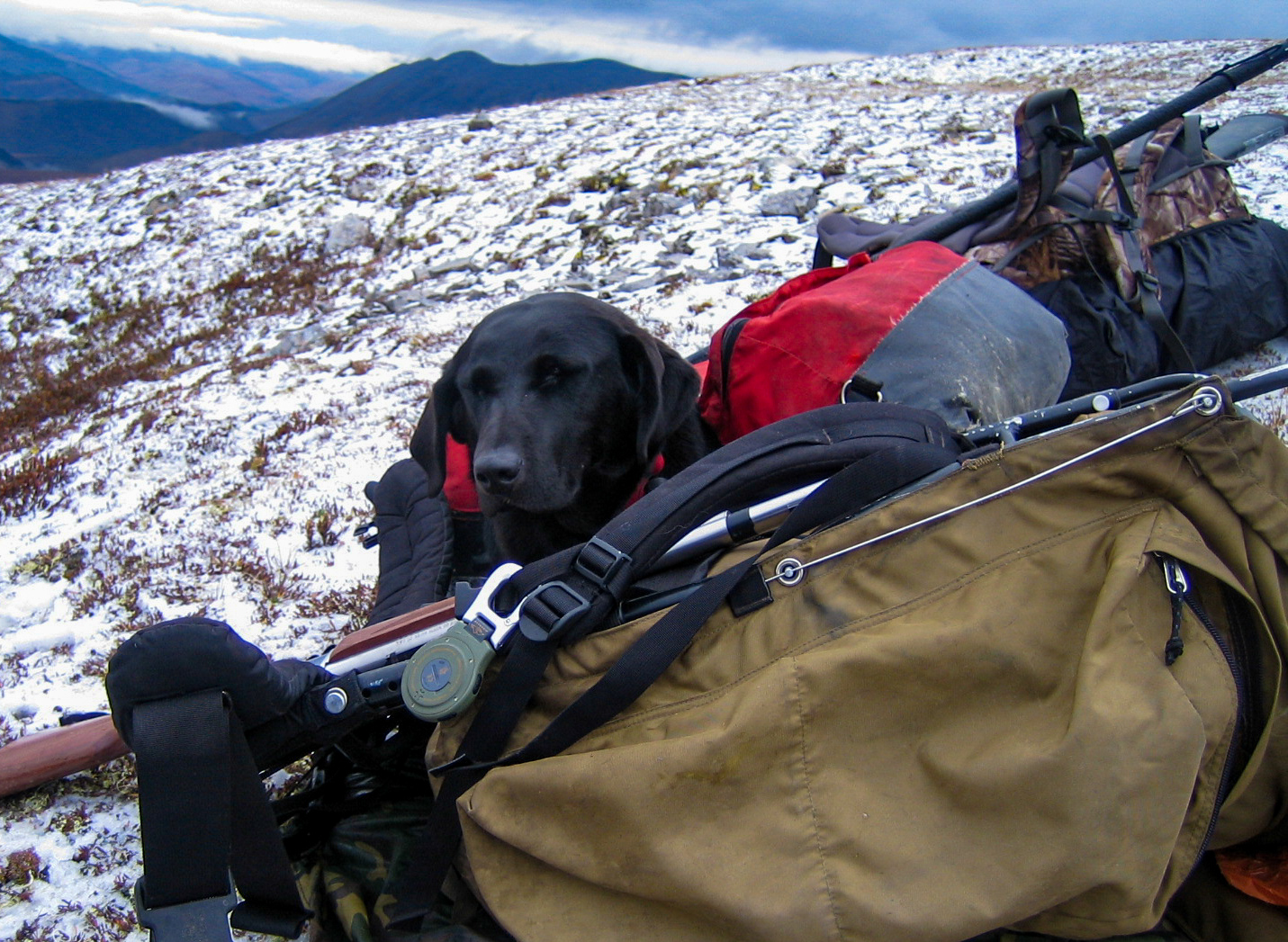
On the morning of the fifth day, we woke up to snow and decided to stay in our tent until 6:30 a.m. The clouds were slow to lift off the top of the mountains which made glassing impossible. After breaking camp and moving east we came to the end of a bald ridge and with a momentary break in the weather, began to glass. A small storm blew in and dropped an inch of snow, once again causing low visibility until the storm blew over. At that latitude, a storm can blow in fast and be gone just as fast. Glassing nearly one mile with my Swarovski spotting scope, we saw two lone rams feeding. Even at this distance, we could tell one of them was the one we were looking for. It was only 9 a.m., and we had to wait until a series of small storms blew through. We felt this mountain served as home for the two rams at this time. We planned a strategy of setting up our camp in the canyon below the mountain slope where the rams were located.
After setting up camp and eating, we took our daypacks and my rifle up the 2,000-foot slope. At the summit another storm blew in, bringing snow, rain, and swirling wind against our backs. When we crested the mountain we couldn't locate the rams for several minutes. They had scented us, and had already descended the 2,000-foot mountain, moved back across the small valley where we camped and began the ascent of the mountain on the other side. The closest distance we could get to the two rams was 800-yards, so the only choice we had was to follow in the rain that had become a downpour.
The Stalk
When Jared, Sprocket, and I finally got to the valley floor, the rams were cresting to the other side of the mountain above. Instead of climbing the mountain to follow them, we decided to move along the valley floor and around the mountain to get ahead of them. Once we got to the head of the canyon, they weren't in sight. We climbed the mountain where we last saw them, hoping to find a vantage point. This mountain was even higher than the other, rising 3000 feet over the valley. By this time it was 5:00 pm, but still very light.
The ascent of this mountain was very difficult, it seemed like an eternity before I got to the top. Jared and Sprocket were both 100 yards ahead; after five days of freeze-dried food, I felt spent. At the top, we glassed for the rams, but they had disappeared. We decided to seek another vantage point at the top of the third mountain. Since the mountains are so steep, going down takes longer than going up. To make things more challenging, the bald mountains are above the tree line and are covered with loose gray limestone rocks varying in size from small to the size of a small car. This is caused by millions of years of freezing and thawing. Each step you take must be carefully placed to keep from falling.
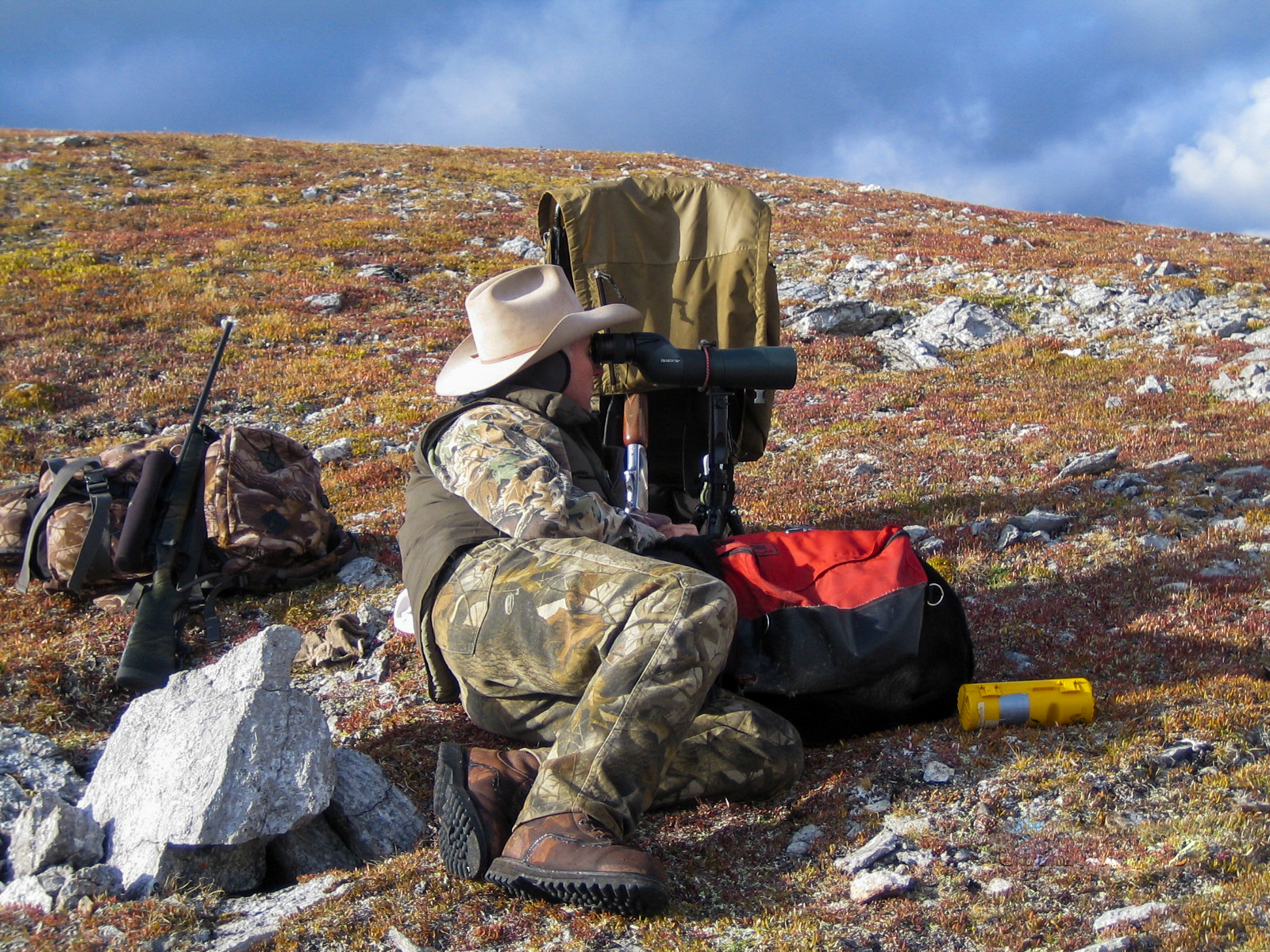
By the time we began our ascent of the third mountain, it was 7:30 p.m. Luckily halfway up this mountain we spotted the rams up the canyon we had just crossed. I was past the point of scrambling, but we made our way carefully back down this mountain to the canyon below. Once at the bottom, we checked the wind direction. It was blowing up the canyon toward the rams, so walking up the canyon was impossible because they would have scented us again.
Our strategy was to hike up another mountain, the fourth, to try to rim above them and to get a shot from above. Once we got to the planned vantage point, the rams had decided to move to the head of the canyon, another 800-yards away. Our only option was to drop off that mountain to the canyon floor so the rams couldn't see us. It was now 9:15 p.m and I was totally, totally exhausted. Jared checked the wind direction. It was blowing down the canyon into our faces which made a stalk up the bottom of the canyon possible.
It's Now or Never
Jared looked at me, and I knew what he was thinking. "Do we go for it?" As tired as I was I knew if we didn't go after them, we might never see them again. I asked Jared how far he thought they were. He said about a half-mile, but I knew he was only saying that to make me feel better; it turned out to be more than 3/4 of a mile. When we got within 500 yards, we saw they had bedded down at the very head of the canyon. We removed our packs, left Sprocket, and made our final approach. We moved off the bottom of the canyon to a small bench and ranged the sheep at 300-yards. Normally this would be a shot I would be very comfortable with. I asked Jared "What time is it?" He replied, "It’s 10:40 p.m." I whispered, "Which one is he, the one on the left or the one on the right?" He said, "Let me see, I'm not sure."
It seemed like an eternity while Jared tried to determine which one we wanted. They were both excellent, but one was more massive with the beautiful Dall curl that all hunters look for. I was lying on my stomach and resting my gun on my cowboy hat. Jared finally whispered, "He's the ram on the left." I whispered again "Are you sure?" and he nodded.
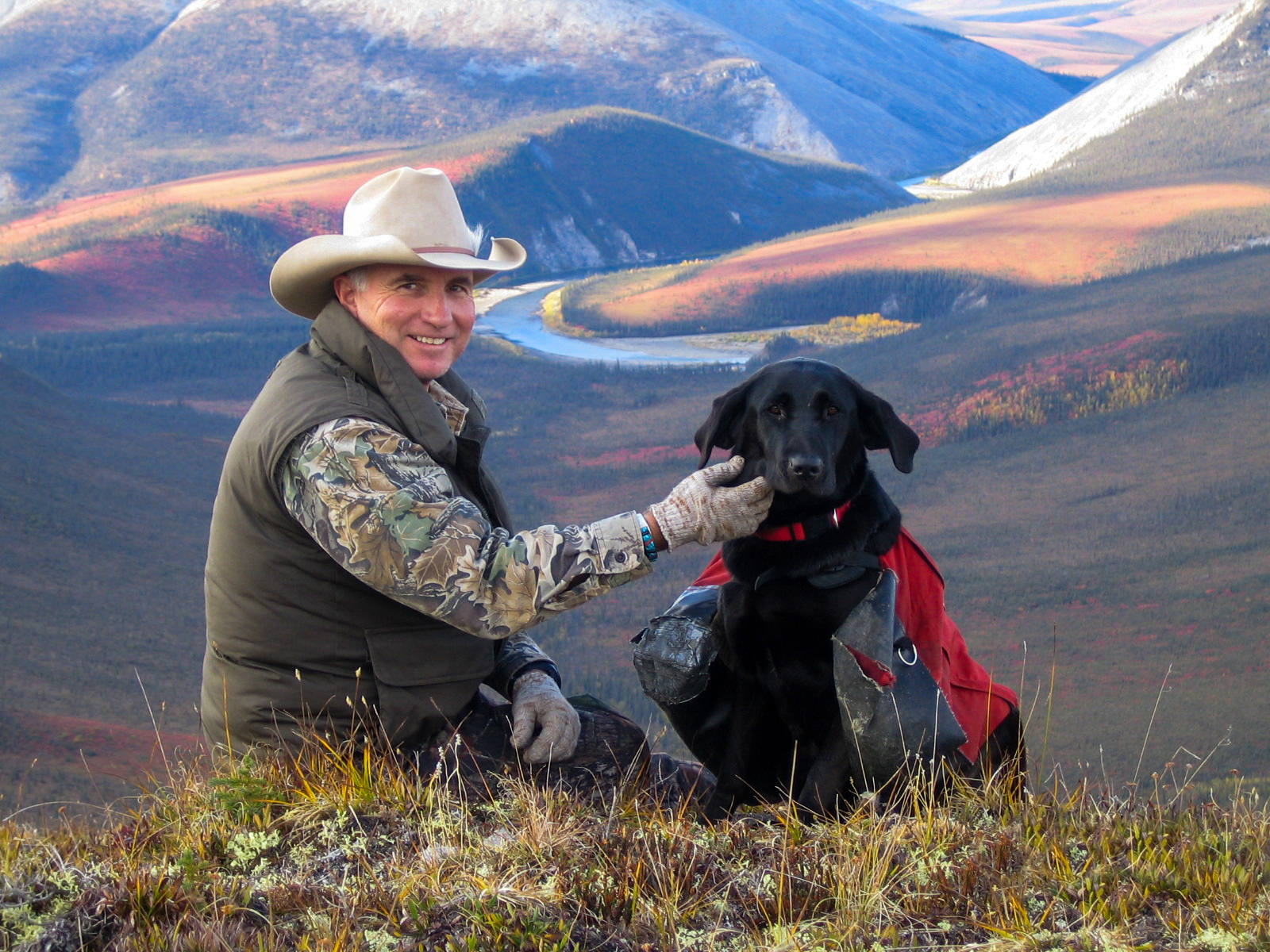
It was now 10:44 p.m. If I was going to make the shot it had to be then since it was quickly becoming too dark to shoot. The beautiful white fur of a Dall sheep against the dark gray mountain made a good target. I squeezed the trigger ever so gently, and the canyon echoed with the shot from my rifle. The shot hit a little to the right of my aim, a well-placed shot, but not a killing shot. My physical condition from the last five days of backpacking had taken its toll on me. The ram jumped up and began to run to our left. I shot again. I learned later that I hit the ram in the horn which did not slow him down. My third and final shot found its mark and the sheep dropped.
I was almost too exhausted to make the hike of 300-yards to the ram. He was an absolutely spectacular pure white Dall sheep, exactly what I was looking for. While not a book ram, he was everything I could have asked for. He was over 38" on one side and 37+" on the other, and carried 13 1/2" bases, meaning he would score in the high 150's. It was too dark to take photographs, so after field dressing him, I covered him with my jacket to hopefully keep away grizzlies, wolves, and wolverines.
The Feeling Of Success
We headed back to camp. Hiking back in the dark the skies cleared. It was the first time I had ever seen the Northern Lights. We got back to camp at 1:30 a.m., too tired to eat. I got my bedroll and fell asleep. The next morning was a bluebird day. We went back, took lots of photos, prepared the sheep, and hiked him back to our camp. For lunch, we took some strips of meat from the ram, made stakes of willow branches, and cooked the fresh meat over the fire. No salt, no pepper. The meat was the best I ever had.
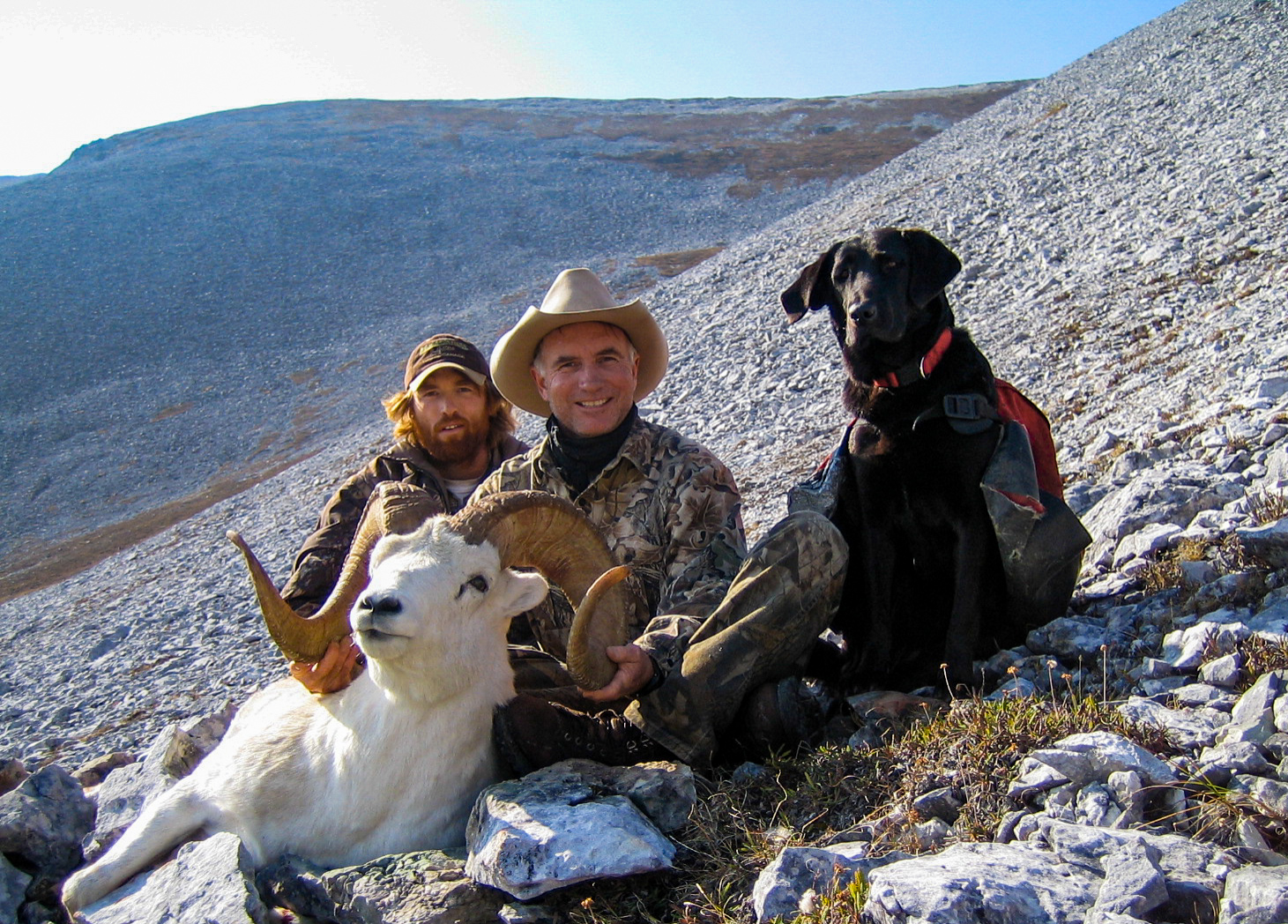
Blaine, Marc, and Paul, my companions, had already gotten their sheep, all beautiful specimens. Jim dropped two young guides off at the closest airstrip, atop of a bald mountain approximately two miles away. They hiked down to our spike camp and helped Jared, Sprocket and I carry everything back to that bald mountain to get flown back to Blackstone headquarters.
I know this was the most grueling hunt I have ever done and was certainly glad I had taken the time to condition beforehand. It wasn't until a week later when I got back to Scottsdale that I found out I had lost 10 pounds in 6 days! My heartfelt thanks go to my young guide, Jared Caldwell, his beautiful dog, Sprocket, who will always be welcomed to retire in my home, and to Jim and Adrienne Fink, owners of Blackstone Outfitters, for their professionally run wilderness outfitting service.
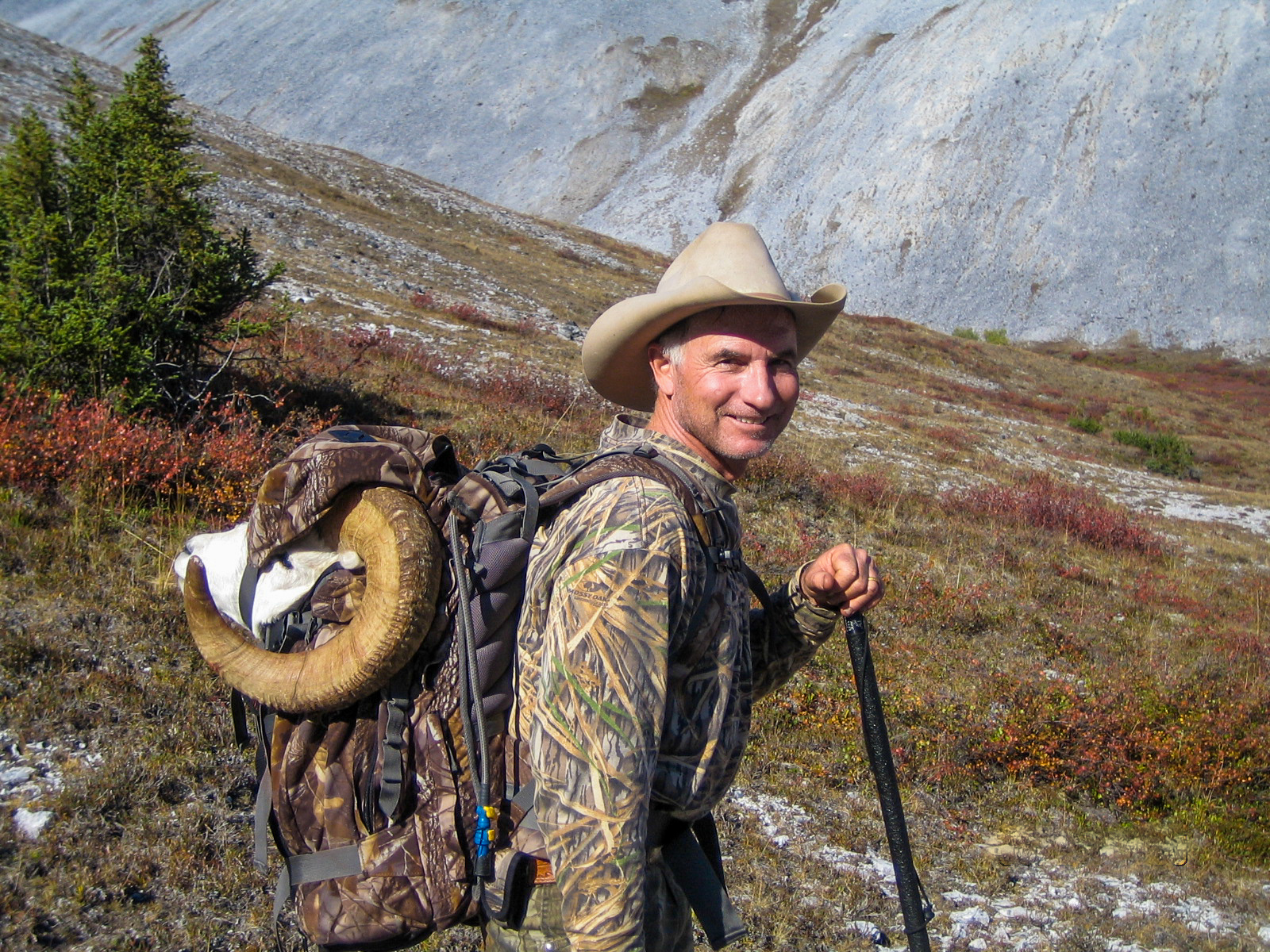
Originally published in Vol 5, issue 2, 2007


